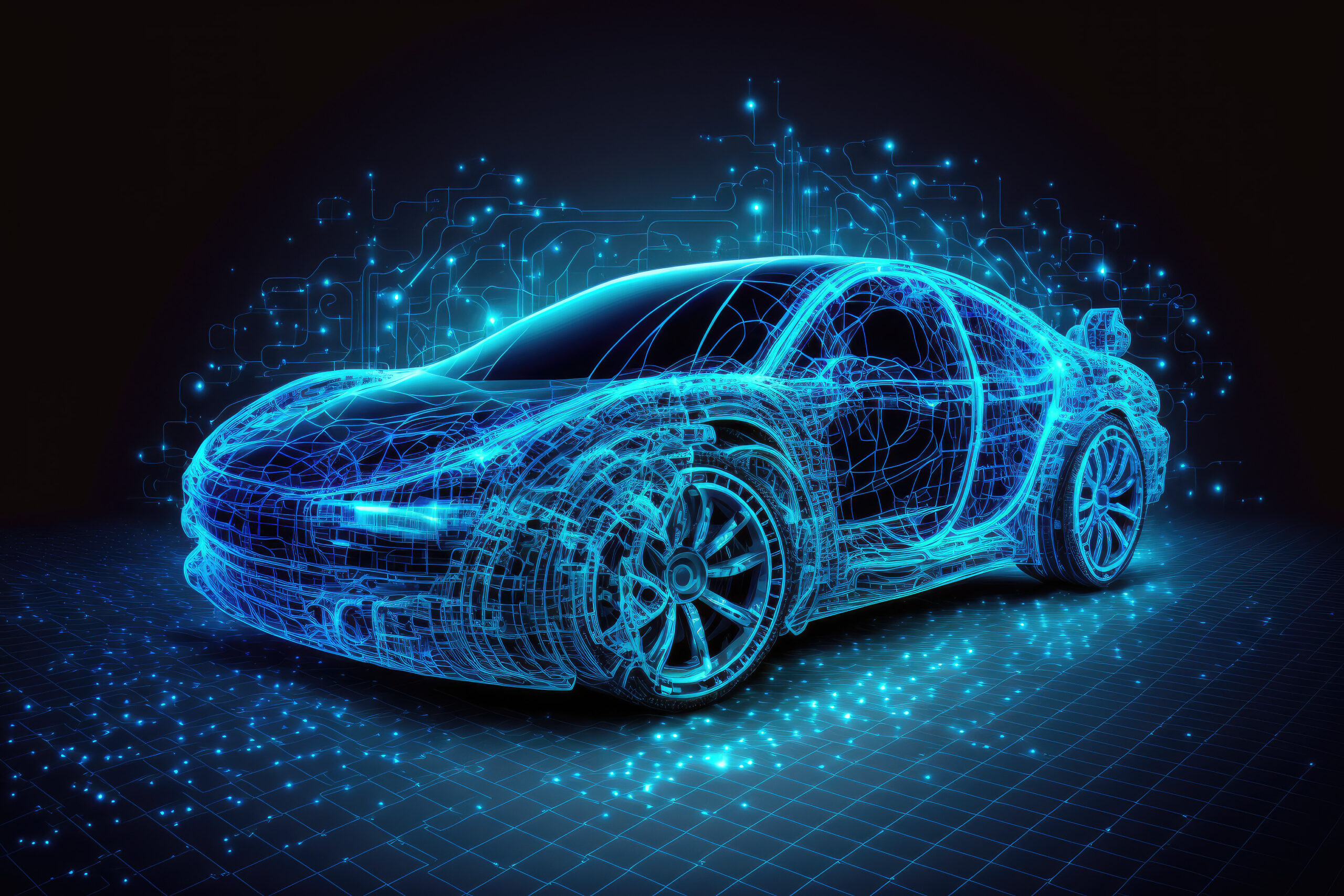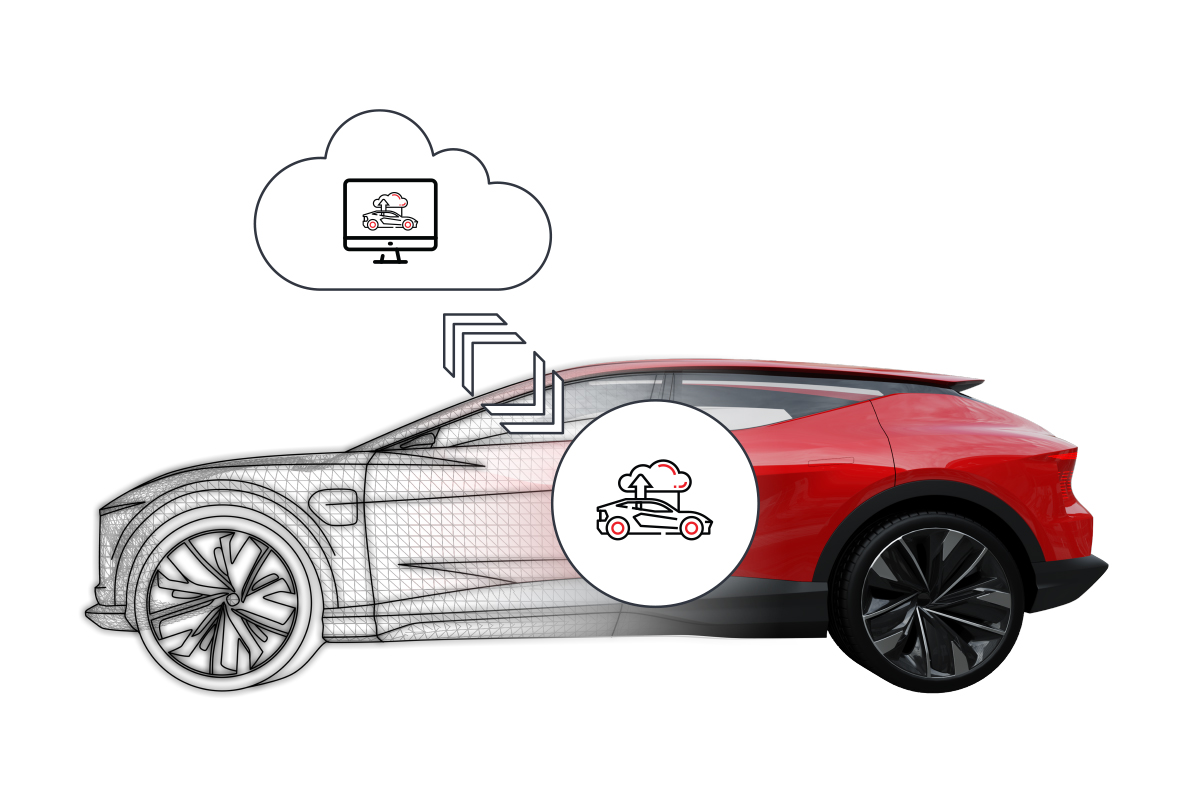When 210 mile range isn’t 210 miles
In a 2023 EV survey conducted by Autolist.com, 39% of respondents cited range as their reason to avoid an EV purchase. As an EV owner myself, I understand this sentiment.
Last week my wife and I drove our EV from my home in San Jose to the Oakland Hills for dinner with friends, approximately a 100-mile round trip. Departing with 210 miles of projected range, I felt confident to make it there and back home safely. But our first leg of the trip ate up 105 miles alone. During dinner, I was fretting about our ability to get home on the same charge. Thankfully, we arrived home with 40 miles of remaining range – fine for a risk-taker like me, but a stressor for my wife.
EV range varies drastically based on factors like weather, elevation, and driving style. Driving from San Jose to Oakland Hills includes a blend of city and freeway driving with significant change in elevation. Going up toward the hills with the A/C cranking away on a late summer afternoon, our range didn’t meet the car’s estimate. Coming back home, the opposite occurred. The mostly downhill drive with the A/C off in the cooler evening temperature, combined with a more relaxed post-dinner driving style, let us achieve the car’s estimated range.
It was a clear example of how factors like weather (temperature, windshear), elevation, HVAC settings (heat or A/C), number of passengers, driving scenario (city or freeway), and driving style (cautious or aggressive) dramatically impact real-world range. Hence the lower than estimated mileage on our trip and increased anxiety.
Real-world data drives real-world results
To maximize range, it’s essential for EV engineers to monitor vehicle performance under real-world conditions, and use that data to precisely tune the vehicle’s motor ECU for peak powertrain efficiency. Today, the majority of testing data comes from a small fleet of pre-production vehicles under a limited set of driving conditions. And even when automakers are able to collect data from vehicles already sold, it’s typically collected in bulk. This type of raw data collection is expensive in terms of cellular data transmission costs, and also leads to inefficiencies and inaccuracies during analysis.
EV engineers need a way to precisely define what data they need, under varying driving conditions, and get it instantly and efficiently from tens of thousands of vehicles. Vehicles across different regions, climates, and terrains, plus factors like owner demographics and driving styles, must all be considered to understand range performance across driving conditions.
Precise and configurable vehicle data collection results in lower data transmission and storage costs while streamlining the analysis to achieve the best solutions. In this case, producing motor ECU tuning parameters to regulate torque, regenerative braking, and other operating points to ensure the motor runs at peak efficiency at all times.
Getting the right data to come up with the optimal tuning parameters is only half the story. Automakers must also be able to apply the parameters intelligently and dynamically, so the vehicle ECU can automatically adapt to the specific driving condition. Vehicles sold in warmer regions may get updates that maximize performance in hotter temperatures. For instance, the vehicle ECU may apply parameters that maximize regenerative braking to compensate for loss in range when the sun is out and the A/C is blasting. Similarly, it could choose parameters that reduce torque in normal driving to extend range when the seat occupancy sensors know the car is full of extra weight.
Conclusion
The adoption of dynamic software infrastructure and solutions can help automakers achieve the full promise of SDVs: vehicles that throughout their lifetimes can be continuously updated and enhanced for better performance and efficiency. We observed that by utilizing advanced data collection solutions to analyze real-world data, and dynamically adjusting the parameters of vehicle ECU software, we can optimize range under various driving conditions and scenarios.
As an EV owner, I empathize with those that may have range anxiety. My recent experience with range fluctuation during a drive brought this home. If my car was able to adapt to the driving conditions dynamically, we could have returned home with 80 miles of range instead of 40, and a lot less anxiety.
To understand how next-gen data collection and automation enable continuous vehicle improvement, see this and other use cases from Sonatus solutions.
Sanjay Khatri
Head of Product Marketing
Sonatus
contact@sonatus.com



